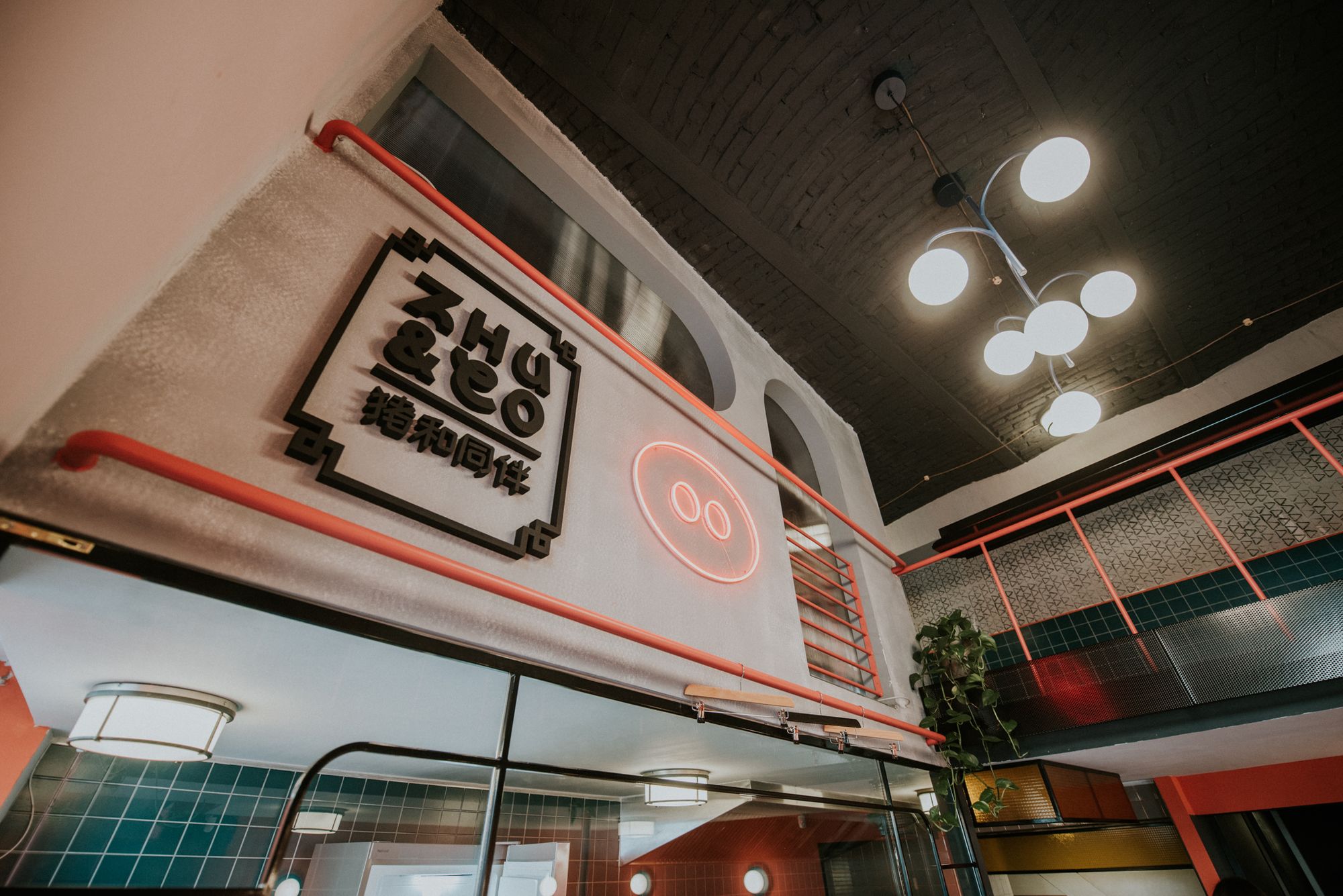When we think of Chinese cuisine, dishes with hard-to-pronounce names tend to come to mind, made with ingredients that are foreign to our gastronomy, even though there are countless simple, lovable, and filling dishes that tell a lot about a given culture. The small dumplings of ZHU & Co. carry the taste of home thanks to the tireless work of a special family.
Written by Bianka Geiger
Lunar New Year is one of the most important holidays in Chinese culture, the date of which is determined by the lunar calendar. This year, it happened to be on February 12, when the Year of the Ox began—the ox is a persevering, diligent animal, symbolizing change and efforts. There are different traditions associated with the holiday: everything is decked out in red (which is the color of good luck and wealth), we might often stumble upon huge dragons, and there are plenty of fireworks with which people want to chase away Nian, a monster resembling a lion.
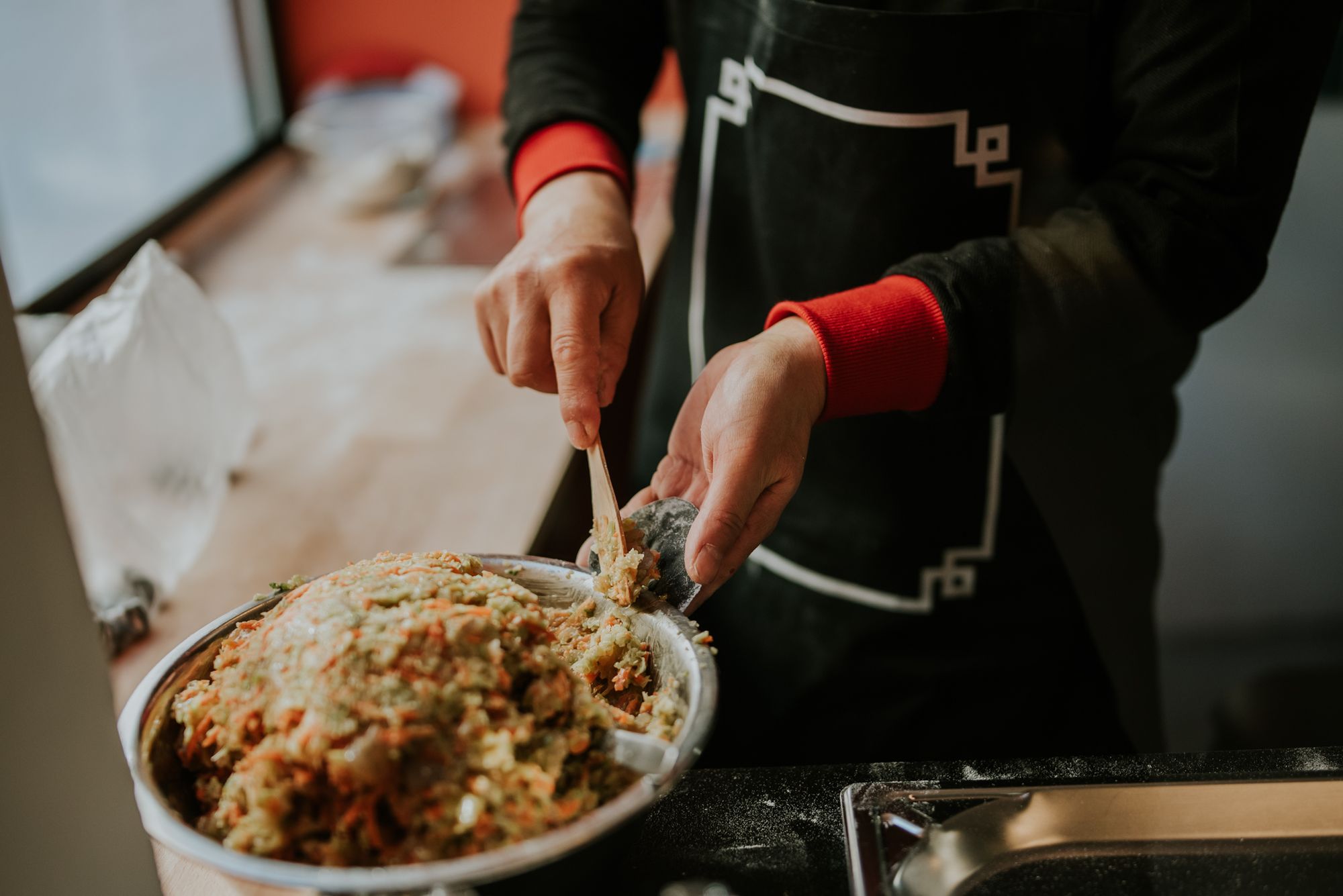
Naturally, the first day of the New Year can’t pass without a big family meal. Many people travel to visit relatives living elsewhere and have a celebratory feast with them. The abundance of dishes symbolizes wealth, but perhaps it’s even more important that the meals are prepared together by the family members, and everyone has their own task. The most important elements of the meal are the long noodles, which symbolize longevity, and the mandarin, which is a symbol of luck. Jiaozi, i.e. stuffed, pleated dumplings, are also popular, but not only on holidays—a generous appetite for dumplings is actually present in the whole of Asia and even the world.
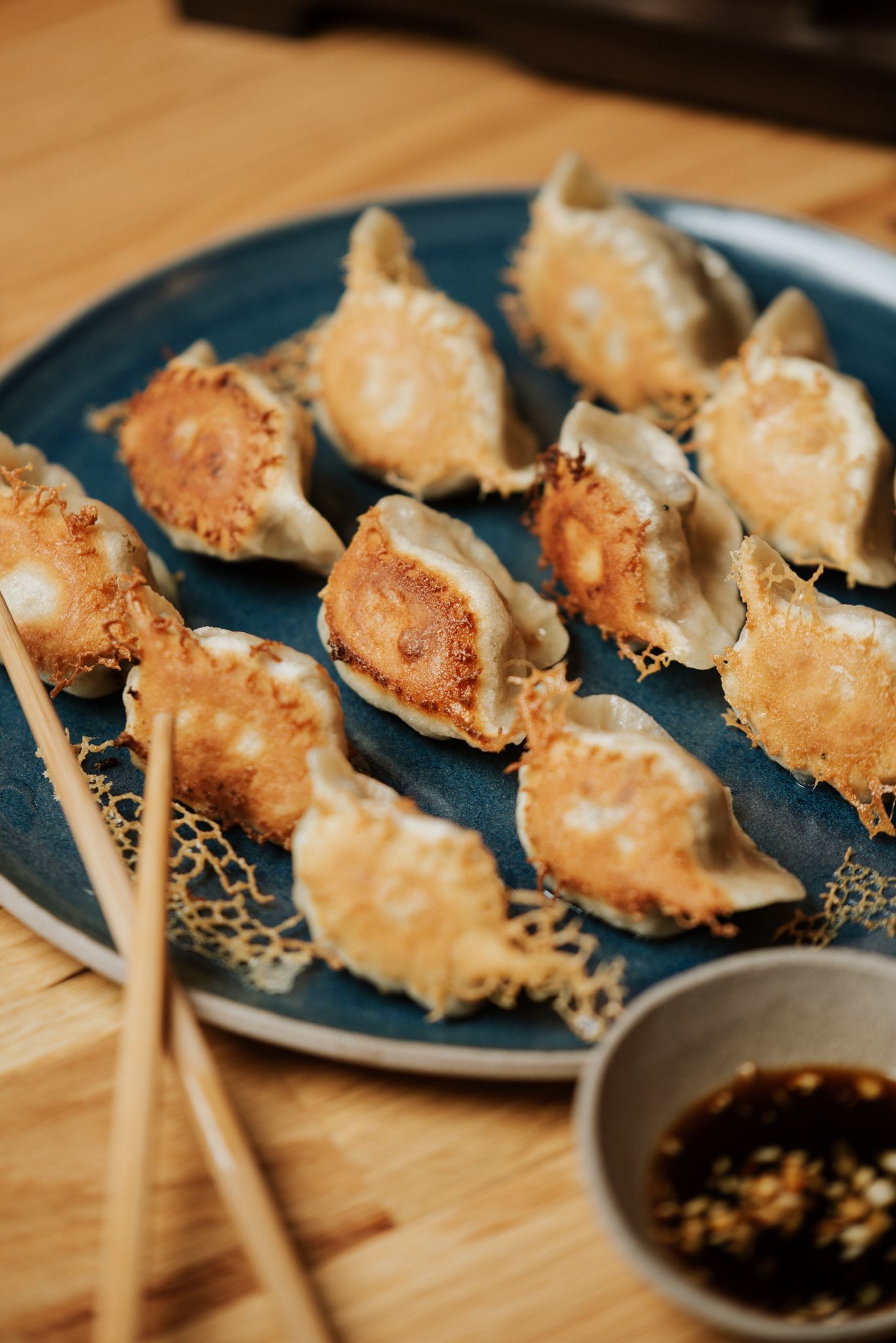
Dumplings are not a foreign genre for Hungarians, as we also have our own versions: the salty or sweet derelye, and the barátfüle with toasted breadcrumbs. Numerous other cultures have similar dishes: in addition to the Chinese bao, made with leavened dough, the lighter dim sum, or the wonton, intended for soups, these include the Japanese gyoza, the Tibetan momo, the Turkish manti, the Georgian khinkali, the Italian ravioli and tortellini, the Polish pierogi and the Ukrainian vareniki. What they have in common is a dough wrapping and a filling chopped into small bits, which can be made of meat, mushrooms, raw, cooked, or pickled with vegetables, but even cottage cheese or something sweet. The folded dumplings are cooked, steamed, toasted, or prepared by mixing these methods.
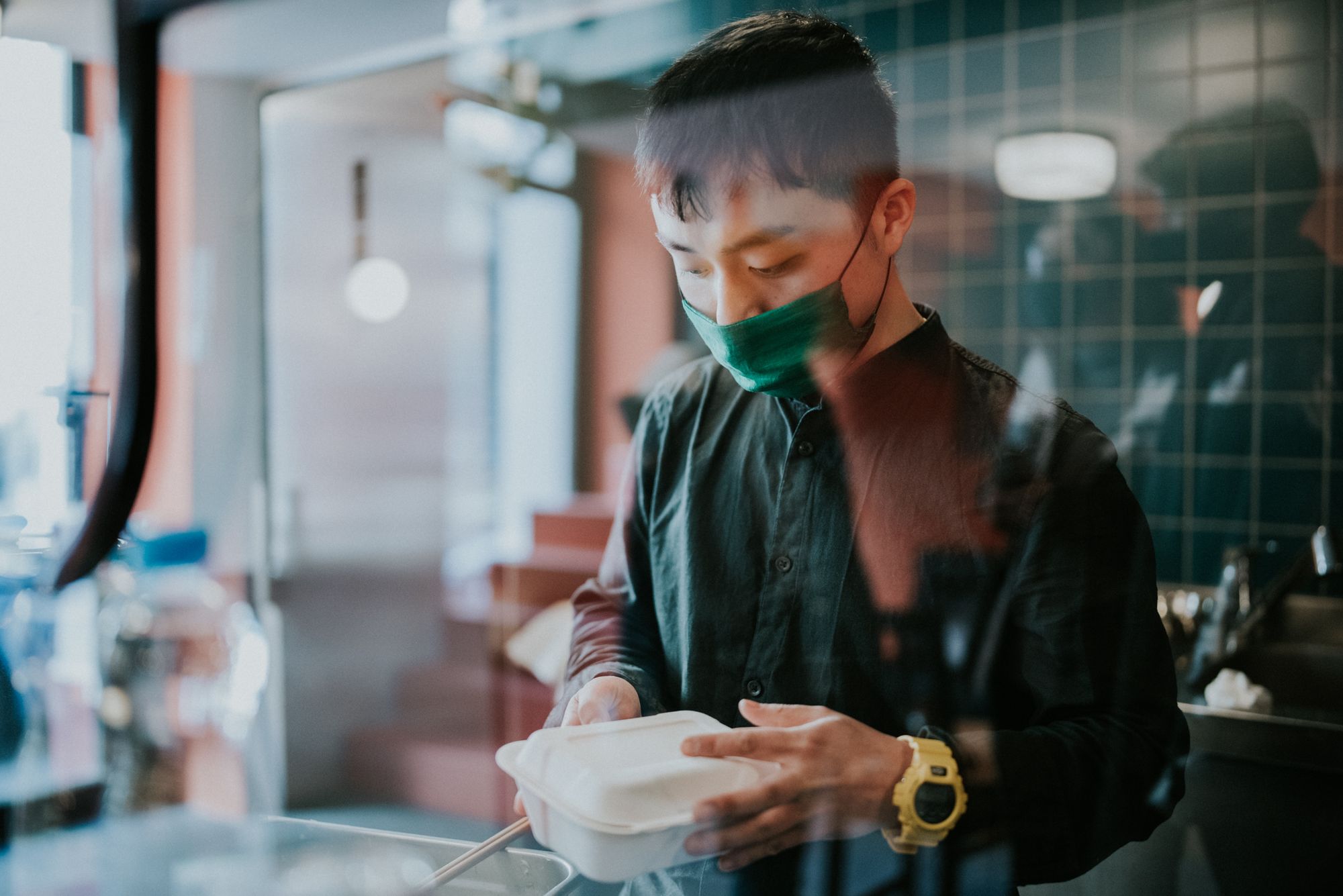
The best example of how universal dumplings are is the recently opened ZHU & Co. (pronounced /dʒuː/). The history of the eatery is quite exciting: the father Ji Yicheng, one of the founders, came to Hungary in the early nineties as a retailer, and soon after Ji’s birth, his mother followed him. As is often the case with Chinese families, the grandparents raised the child, while the parents worked hard on the other side of the world to build financial security. Ji came to Hungary thirteen years ago, started working as a hairdresser, and later also joined the staff of the Hungarian television channel M1 as a Chinese-language news reporter. Here he met the Russian-born Mary Lopattó, or Masha, who had been a fan of Hungary since her childhood with many ties to the country in the form of relatives and later friends. She learned the language and moved here ten years ago, also working as a news reporter while pursuing her career as an event organizer and a publicist as well.

The two of them had two languages in common: ironically, Hungarian, and the language of food. Their love of cooking and discovering different cuisines was a huge motivation for them, not to mention that Ji wanted to thank his parents for all those decades of hard work, finally providing them with a job that not only creates value but also ensures their safety. His mother has always been famous for her cooking skills, so although they first wanted to open a tea shop, they eventually decided on a bistro. Their goal was to show real, authentic flavors that evoke childhood memories without baffling people with an alienatingly long menu or dishes with unpronounceable names. That’s why they chose jiaozi, i.e. folded, stuffed dumplings—they’re simple, freshly prepared, gratifying, saucy, and substantial: a real comfort food. Although Ji’s family comes from Wenzhou, a coastal city in southern China, jiaozi is more of a northern dish, since the closer we are to the Russian border, the less fresh and light ingredients are used, with substantial, meaty and noodle dishes taking center stage instead to provide energy in cold weather. At ZHU, they found a way to balance between the two cuisines: the filling options include pickled vegetables and pork, celery and pork, shrimp, and they also have two types of vegetarian versions. The shrimp dumplings have exciting, black dough, thanks to the added squid ink. What’s more is that these dumplings are not only steamed but also toasted, leaving a so-called skirt around each piece, which is a crispy, meshlike crust around the dumpling, enhancing the experience in both taste and texture. Each piece is handmade in the open kitchen—Ji’s parents fill and fold the little pieces of jiaozi tirelessly with precise, delicate movements, not even looking up from behind the counter. After two weeks, they’ve already sold 4500 dumplings, so the team will soon expand to keep up with the pace.
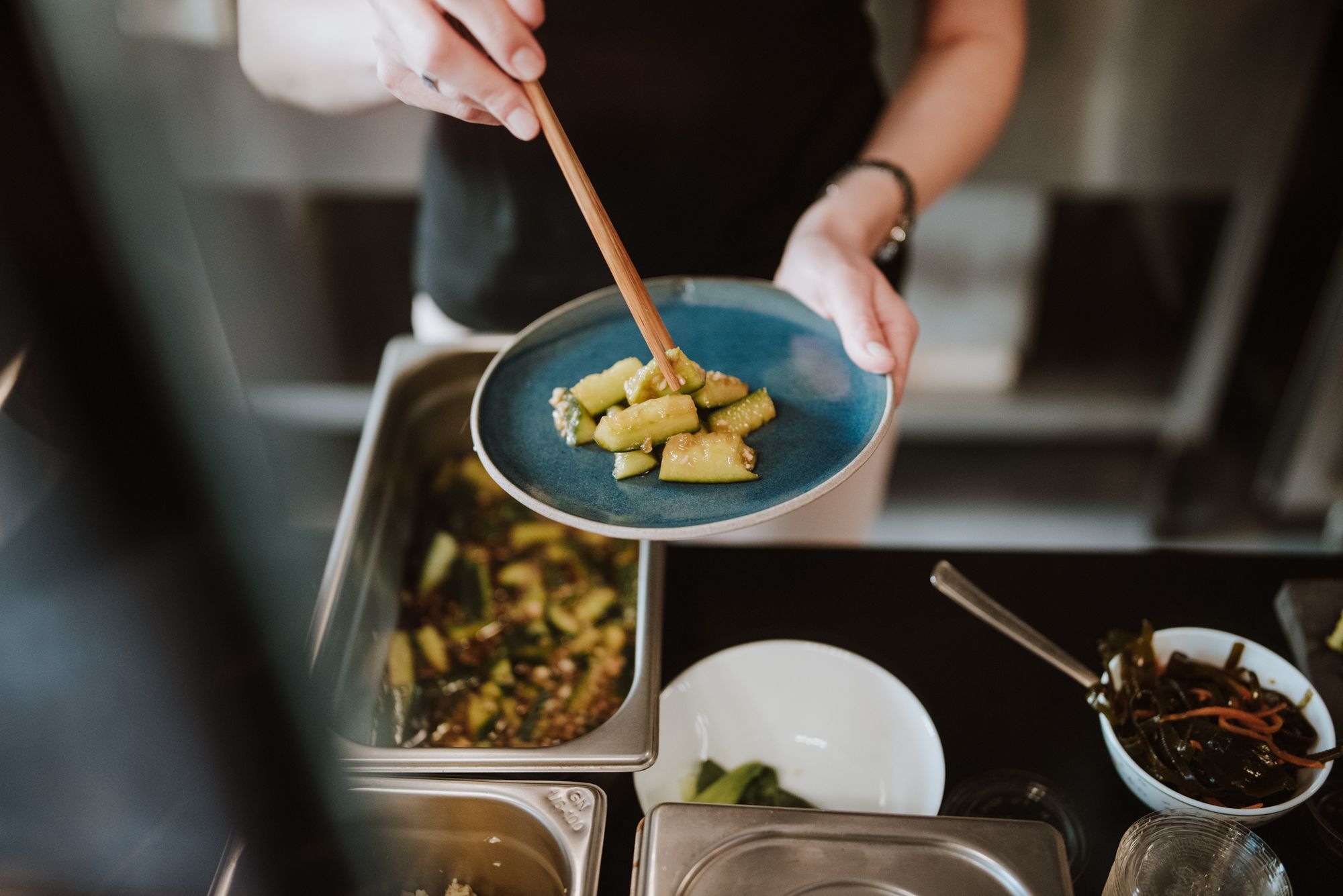
Even though there’s serious work going on in the kitchen, the overall impression of the restaurant is lovable and playful. ZHU means piglet—this playful, joyous, hungry little pig loves stuffing his belly and hanging around good people, which also manifests in every square centimeter of the restaurant. The youthful brand identity was created by Studio Ü, while the interior does credit to András Hitka. The pig snout logo is easy to spot from afar when walking on Nagymező utca, and the atmosphere is also very pleasant inside, pandemic or not, to which the sincere hospitality and kind openness of the family adds a lot. And the food is just wonderful. The flavor of the dumplings is not very spicy, allowing the taste of mushrooms or pickled vegetables to prevail next to the meat. The tea egg is also fascinating; it’s marinated in soy sauce and tea for two days, so its flavors deepen, but the salads also worth sampling. I couldn’t have enough of the thinly sliced pickled kohlrabi. That is just a start. Keeping the joy of eating together in mind, the owners’ long-term plans include themed dinners where acquaintances and strangers can sit side by side, and taste the dishes of Ji’s mother, with home-cooked meals creating a bridge between cultures and individuals alike. After all, there is no friendship nor business without eating.
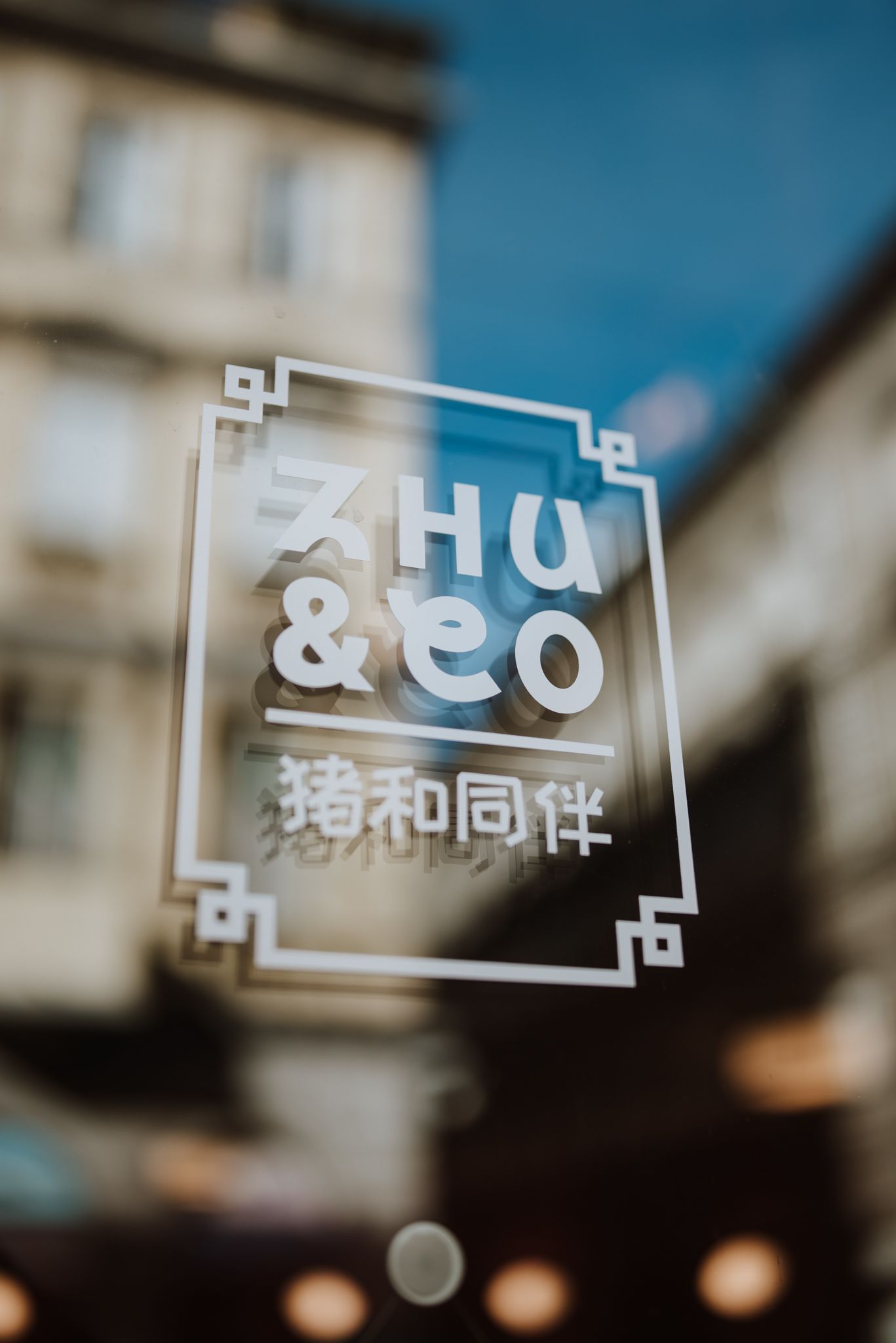
So, even though for the time being they only have takeaway options, those interested should head to Nagymező utca, ask for a mixed selection of dumplings, feel free to ask questions, and become a member of the “piglet community”.
Photos: Emil Chalhoub

Music and? | Five reasons to look forward to the House of Hungarian Music

Peeling is appealing | Recycling with Marcelina Komar










